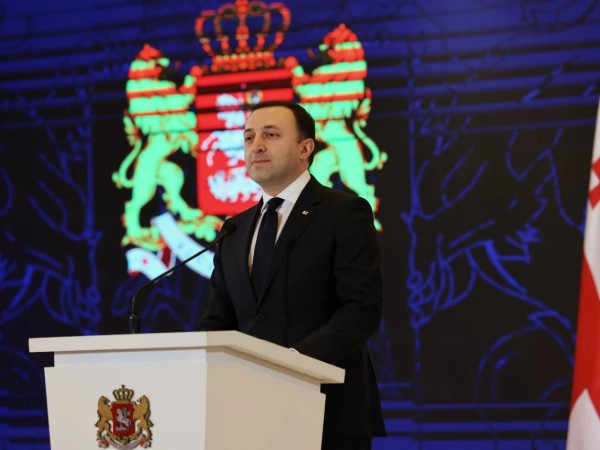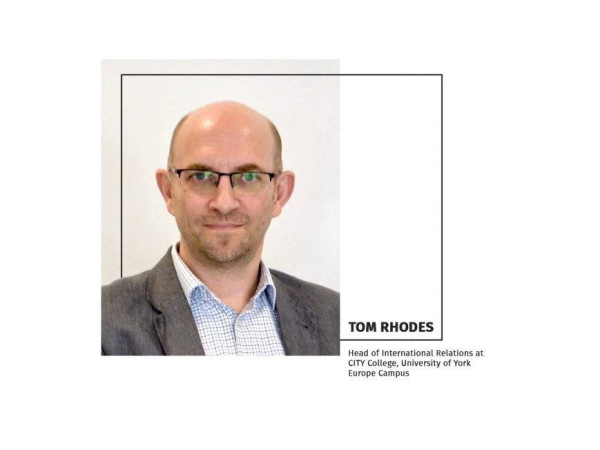The latest report from the European Commission has shown that the number of female students who have obtained a bachelor’s, master’s, or doctoral degree has significantly grown over the last years.
Nonetheless, women still remain under-represented, especially in research and innovation careers.
According to the She Figures 2021 publication, women outnumber men as students and graduates at bachelor’s and master’s levels. As for the doctoral level, it has been revealed that there is almost a gender balance between the two.
Still, differences between study fields remain. The report has shown that women represent only around 22 per cent of doctoral graduates in the ICT field. On the other hand, they represent more than 60 per cent in the fields of health, welfare, and education, SchengenVisaInfo.com reports.
“We still need to do more to promote gender equality, in particular, to inspire girls for a career in STEM. There is no doubt, Europe needs women’s creativity and entrepreneurial potential to shape a more sustainable, green and digital future,” Commissioner for Innovation, Research, Culture, Education and Youth, Mariya Gabriel, said welcoming this year’s report.
Women make up only 33 per cent of researchers. Similarly, women remain under-represented at the highest level of academia. They hold only one-quarter of full professorship positions.
Moreover, women are also less likely to be employed as engineers and scientists. The She Figures 2021 publication has revealed that in 2019 women represented the majority of the population that have a tertiary education and are employed as professionals and technicians in the fields of science and technology at the European level (53.7 per cent).
Nonetheless, women were less represented among the population of employed engineers and scientists at the EU level, accounting for 41.3 per cent.
As per research careers, the same has revealed that only around one-third of the total population of research at EU and country level are women.
Nonetheless, the average growth rate of women was 3.9 per cent between 2010 and 2018, indicating positive changes over the years.
The average annual growth of women researchers was higher than that of men researchers during 2010-2018 across three main economic sectors. This demonstrated some progress regarding gender equality in research.
In addition, it has been disclosed that the proportion of women researchers who worked part-time in 2019 was higher than the corresponding proportion of men researchers.
“In the HES, a higher proportion of women researchers who were in a couple with children worked under a precarious contract in 2019,” the report noted.















